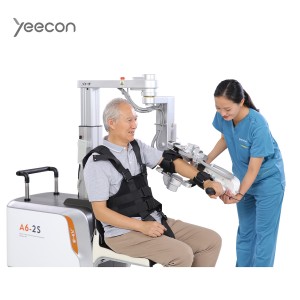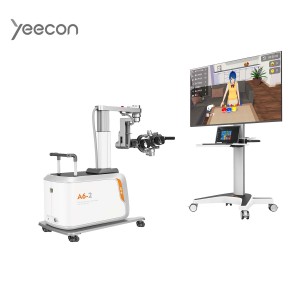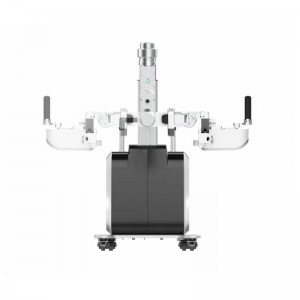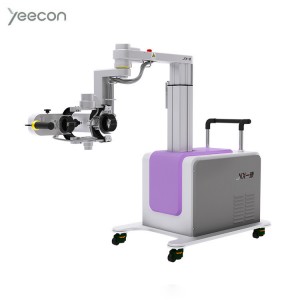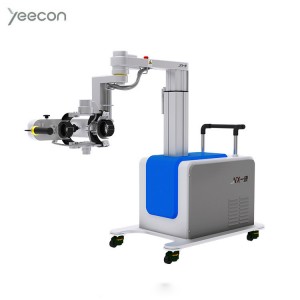Upper-Limb Function Robotic Training & Evaluation
System


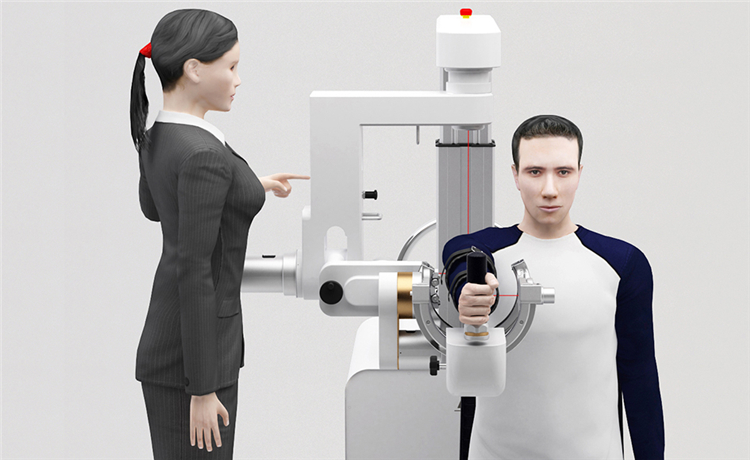
Design principle
Neuroplasticity, Collaborative robot principle,Computer virtual technology
Brief Introduction:
A6 upper-Limb 3D Training & Evaluation System is a rehabilitation equipement
which designed for patients who have lower-limb dysfunctions,
especially for the early stage patients to rehab their upper limbs’ motor functions.
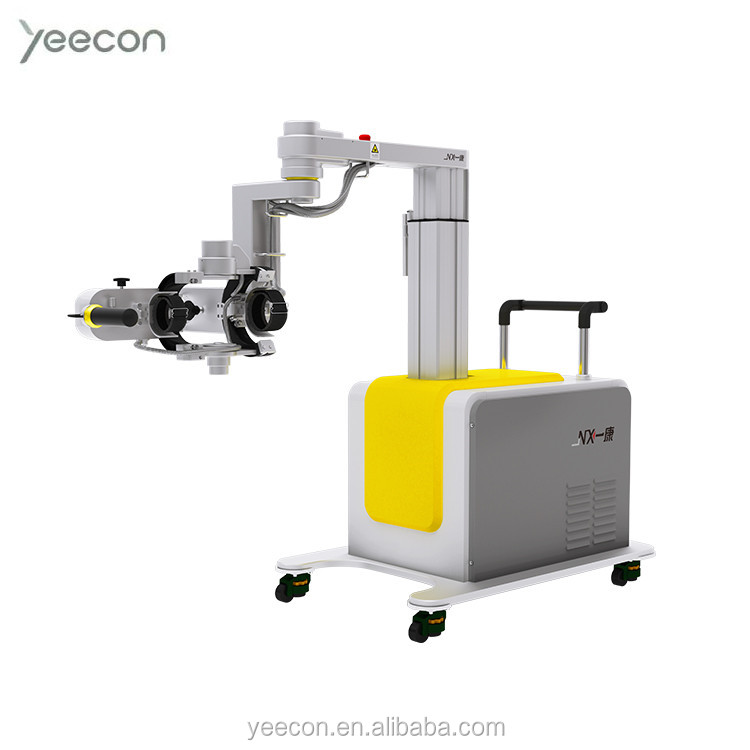


Function:
1.Gathering parameters of the patient via multiple sensors.
2.Trace setting function is available which apply targeted training on patient’s abnormal limb(s).
3.The training speed can be adjusted.
4.Settings of weight-support and drive force values of each joint is available to fulfill the demand of different patients.
5.Lingual notifications during the treatment period.
6.Interactive training games which enhance sense of immediacy and interest of patients during the training period.
7.Spasm detection function to ensure the safety of machine.
8.The auto training information recording function is available which can browse or print designated patient’s information.

Reasons of selecting A6:
1.A6 is suitable for patients who have different myodynamia level.
2.A6 is designed to let patients imitate daily activities.
3.Attractive training games designed specially for targeted patients which is good for rehabilitation training.
4.Provide intuitive training information which is easy to trace patients’ rehabilitation status.
5.Efficient & multi-function training settings.


Features
1.Integrated a motor made of Denmark into the lifting system of the machine.
2.Integrated 6 Panasonic servo motors into the machine.
3.Integrated 6 reducers into the machine.
4.The body of the machine is made of imported aluminum alloy.
5.Highly-durable artificial rubble trundles.
Training mode which suit patients of different stages:
In passive mode,A6 will drive patient’s upper limbs to do repetitive, continuous and stable trace movement training according to the preset parameters set by therapists.
In active/passive mode, therapists can set induce power of upper-limb joints based on passive mode which encourage patient to use his or her strength to do trace movement training.
In active mode, patient can use A6 to do various trainings while therapist can set weight-support value to increase or decrease patient’s training intensity.

-
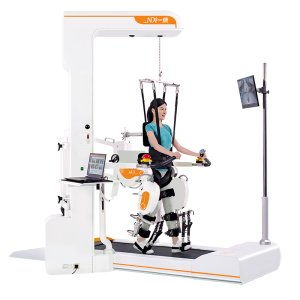
A3-2 Gait Training and Evaluation Robot
-

A3-2 Gait Training and Assessment Robotics
-
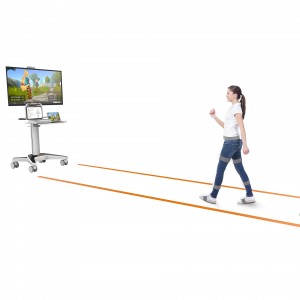
Gait Analysis System A7
-
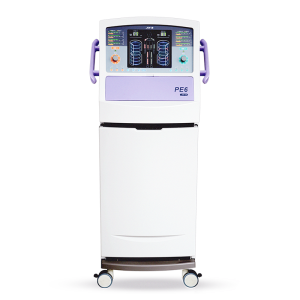
PE6 Frequency Conversion Electric Therapy Device
-
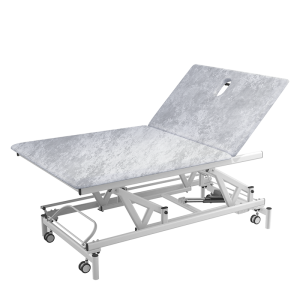
Bobath Table Supported by LINAK Motor
-
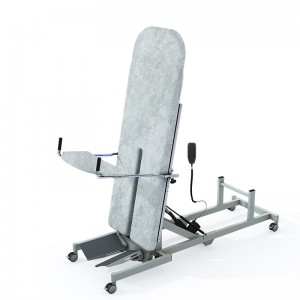
Automatic Tilt Table
-

A2 Arm Rehabilitation Robotics
-

A6-2 Arm Rehabilitation and Assessment Robotics
-

9 Section Portable Chiropractic Table
-
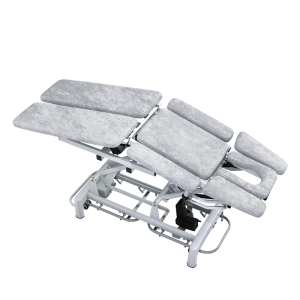
8 Sections Chiropractic Table








